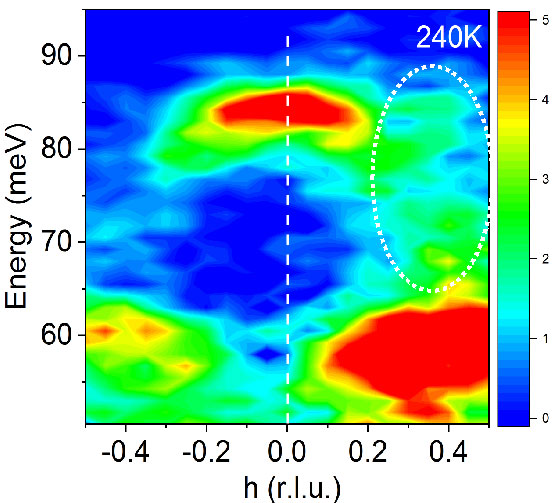
Quantum Material Should Be a Conductor but Remains an Insulator
Scientists uncover a microscopic mechanism that involves atomic vibrations in a quantum material that trap electrons.

Scientists uncover a microscopic mechanism that involves atomic vibrations in a quantum material that trap electrons.
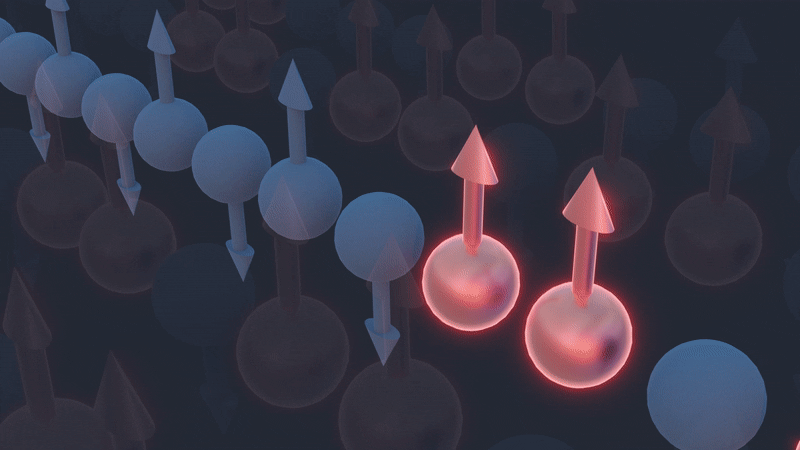
Interactions of quantum “quasiparticles” demonstrate unusual fluid flow.
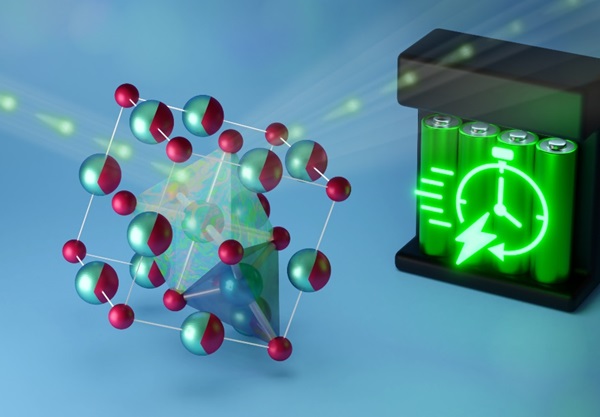
A material with a disordered rock salt structure could help make batteries safer, faster-charging, and able to store more energy
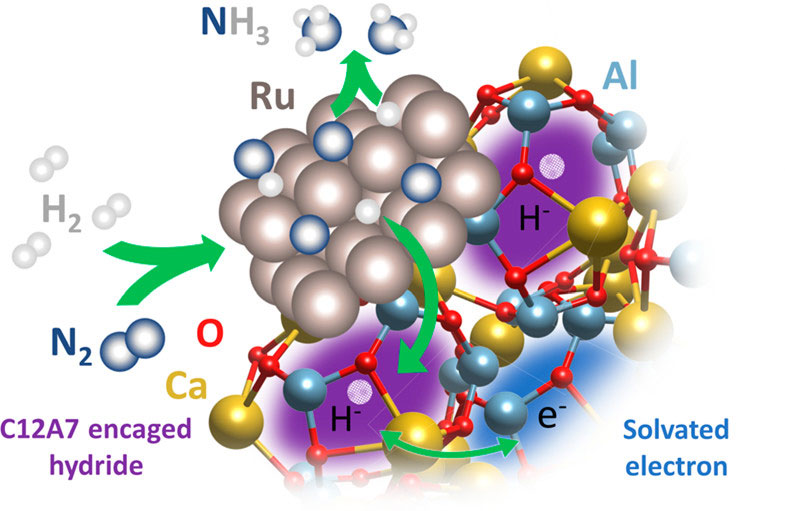
Researchers unveil a new catalytic mechanism in a novel material used for ammonia synthesis, a key component in fertilizer.

Researchers study how internal stress evolves in high-performance alloys used in jet engines and power turbines.
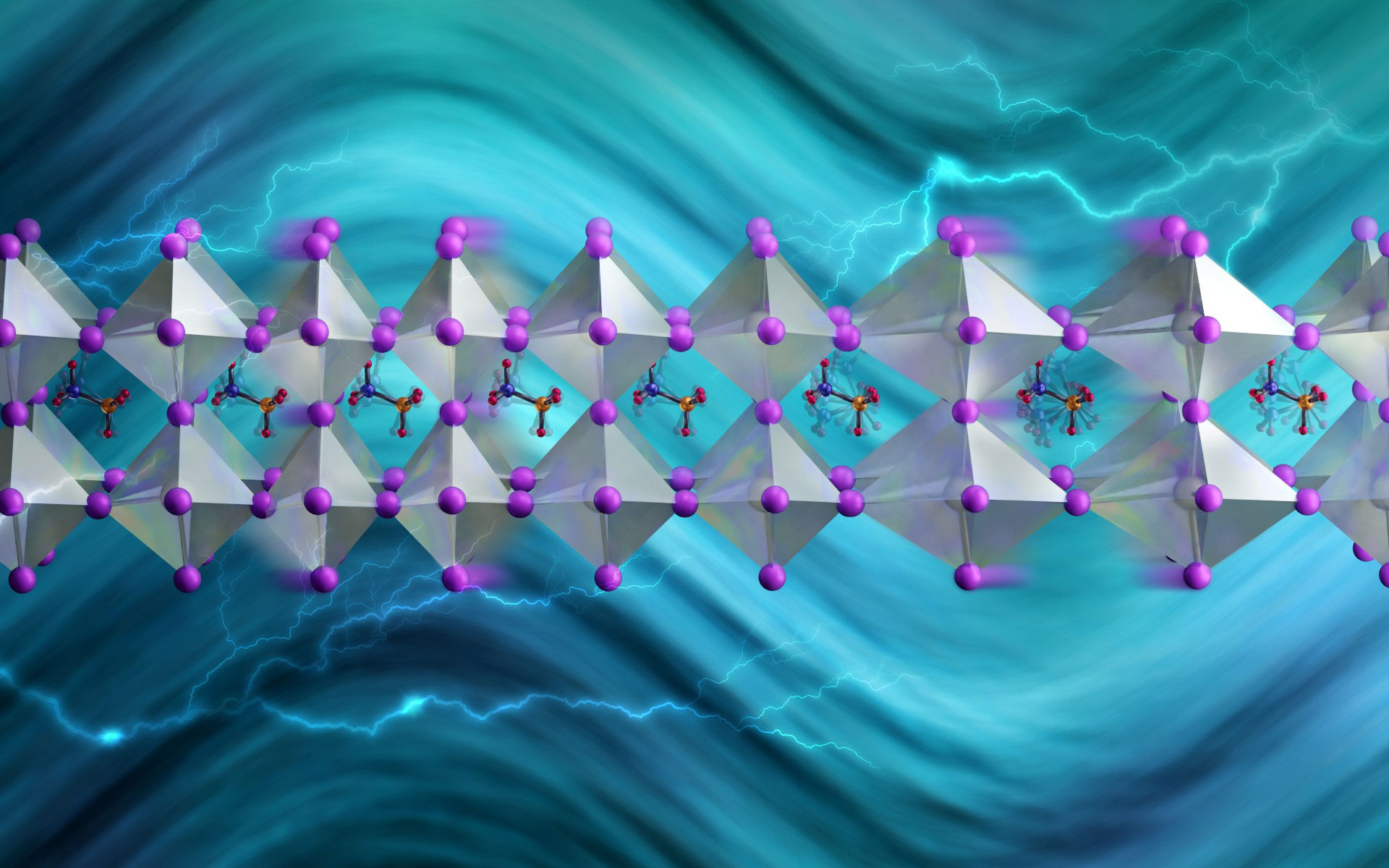
Neutron scattering and isotopic substitution techniques reveal how to block vibrations that could leak heat from a photovoltaic cell.
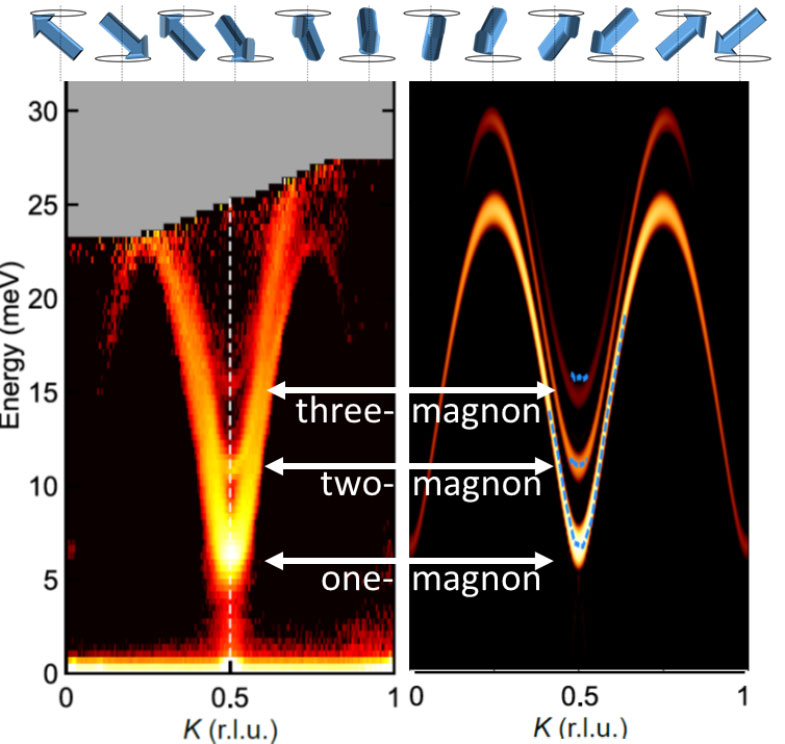
Neutron scattering reveals a new way for magnetic oscillations to stick together.
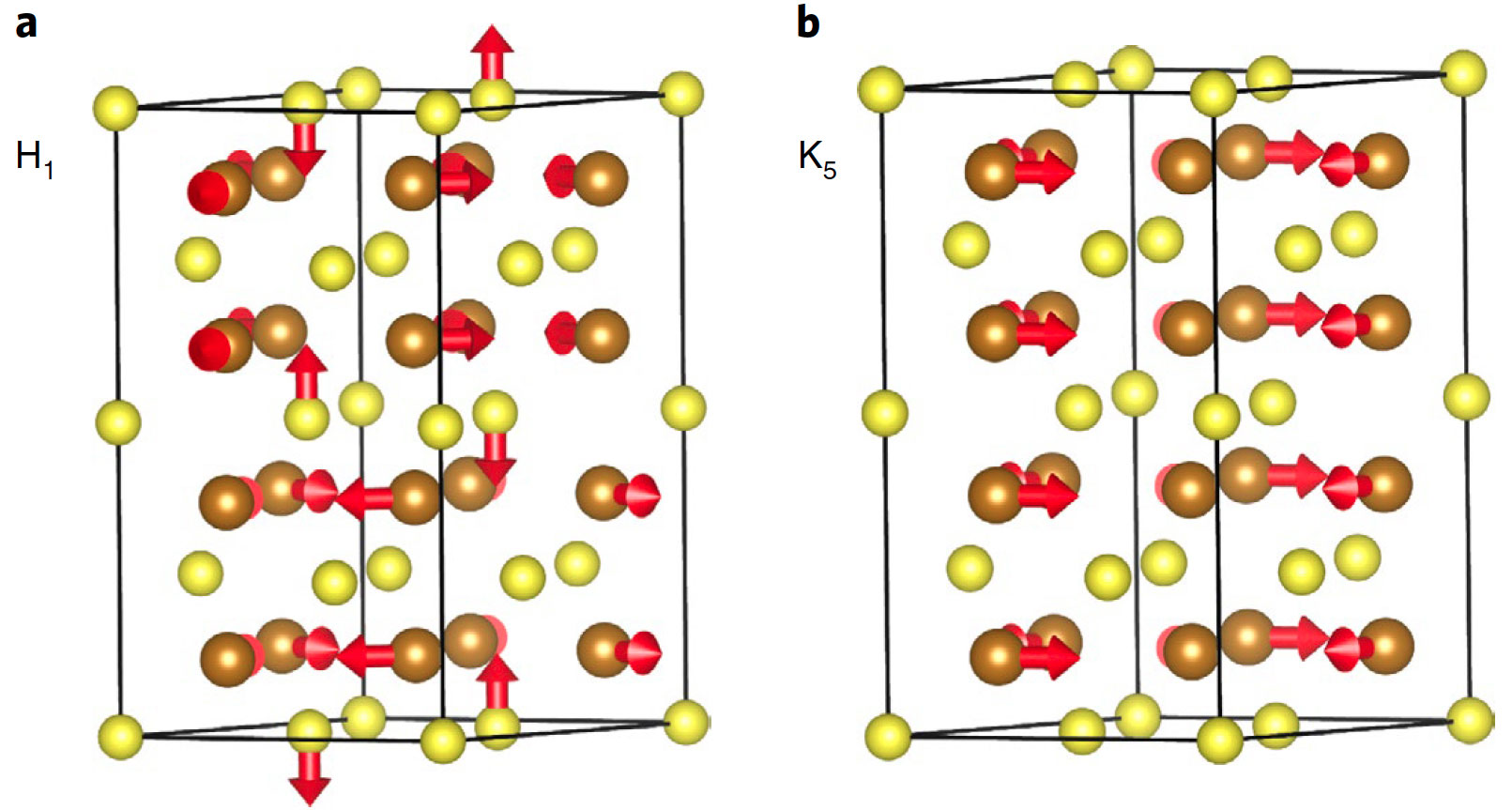
Neutron and X-ray experiments illuminate the magnetic transitions in hexagonal iron sulfide that transform it from a conductor to an insulator.
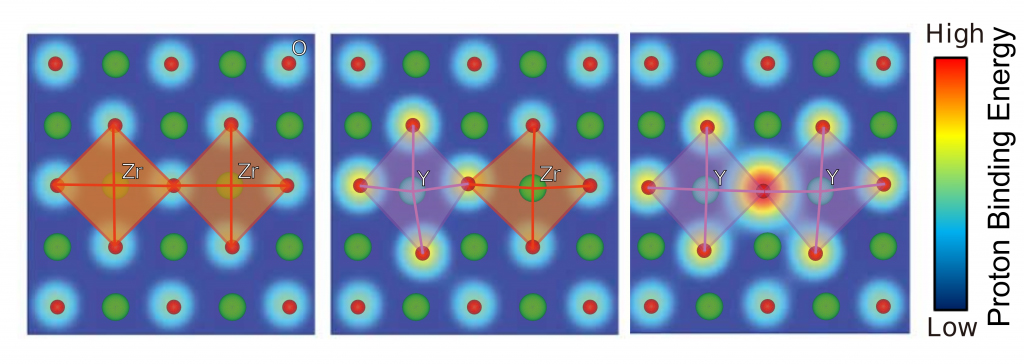
Researchers determine how to design better materials for energy storage.
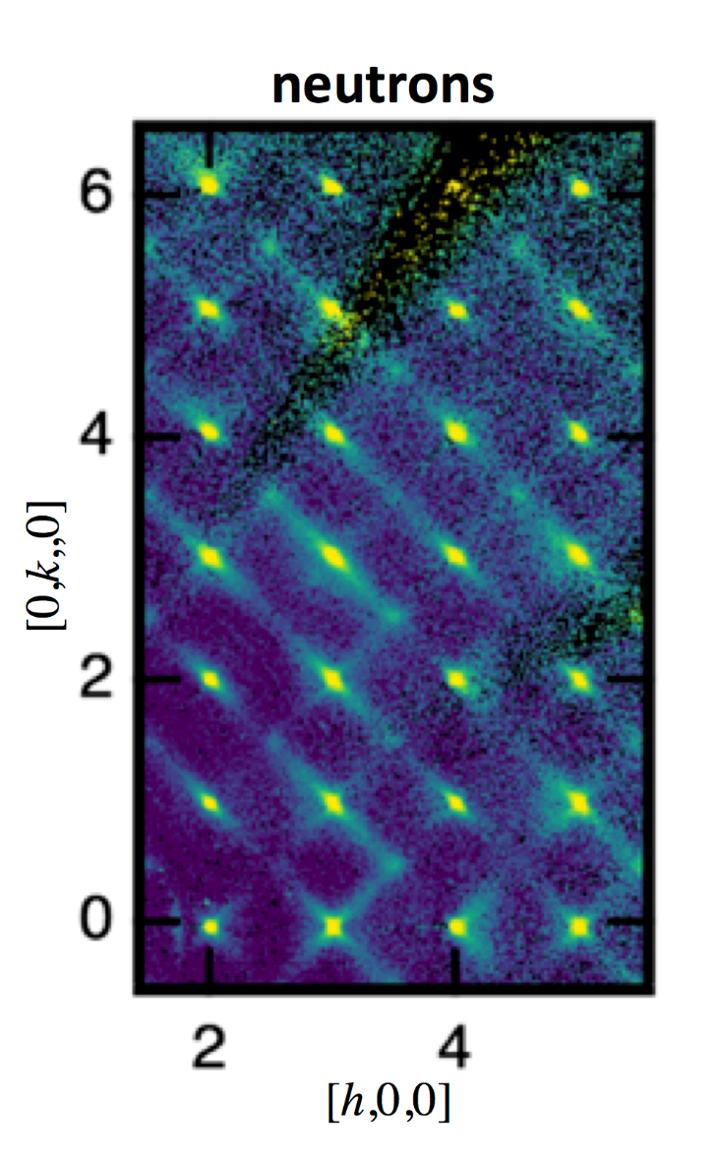
Detailed view of atoms opens doors for new designs to convert atomic displacements to electrical energy.
Read more about New Insights into a Long-Standing Debate About Materials that Turn Motion into Electricity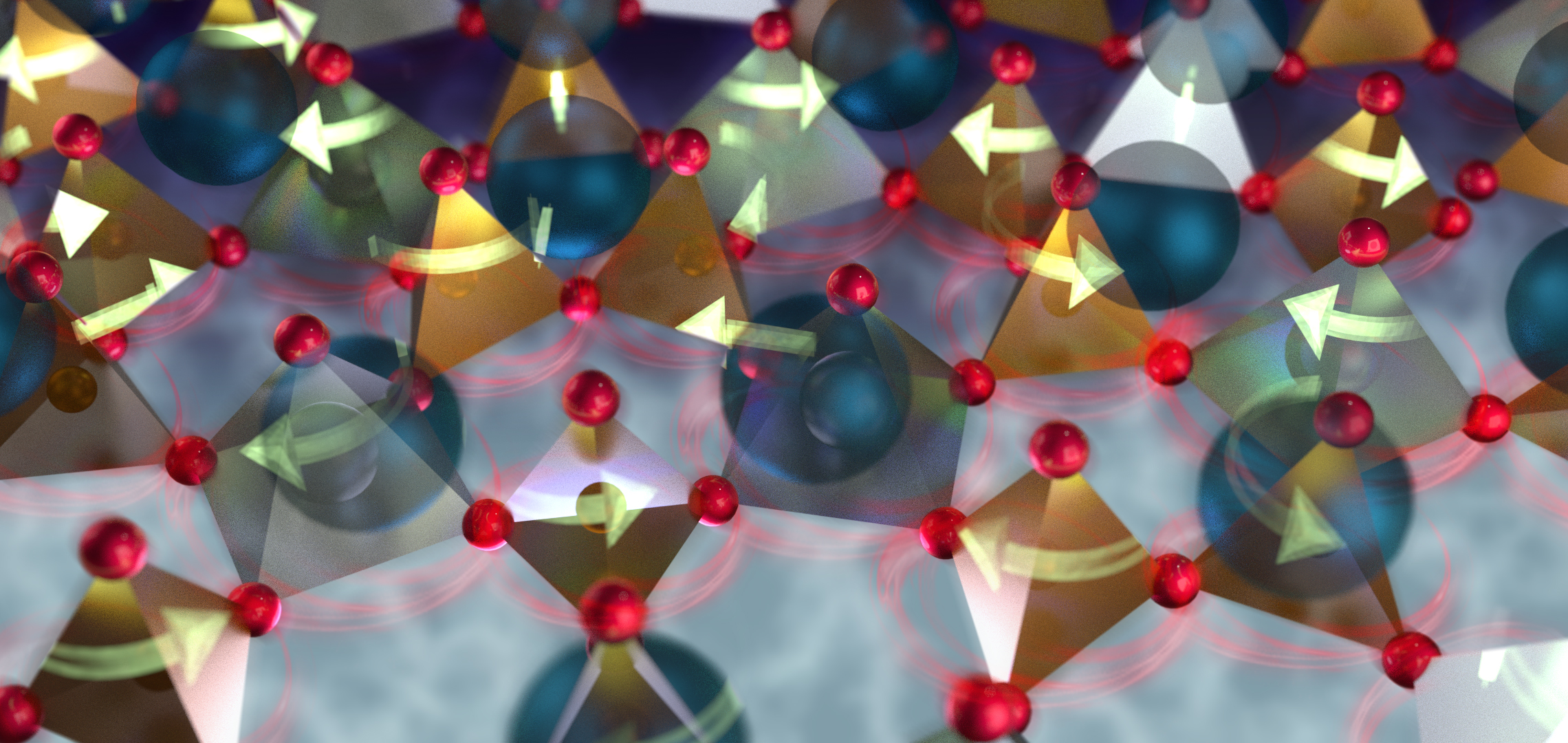
Neutron scattering reveals supersonic particles that carry heat and may improve electronics and sensors.
Read more about Beyond the “Sound Barrier” to Get the Heat Out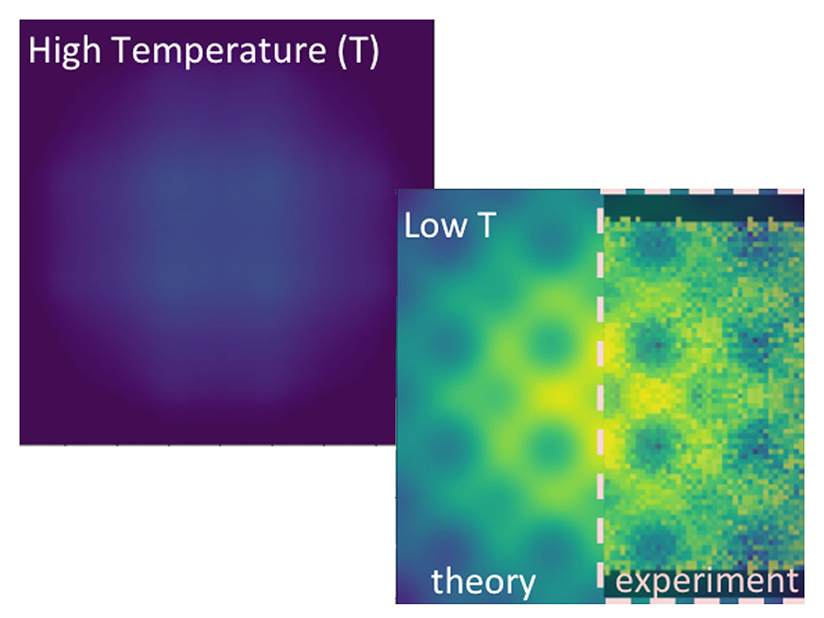
Neutron probes and theory reveal how electrons cooperate at lower temperatures.